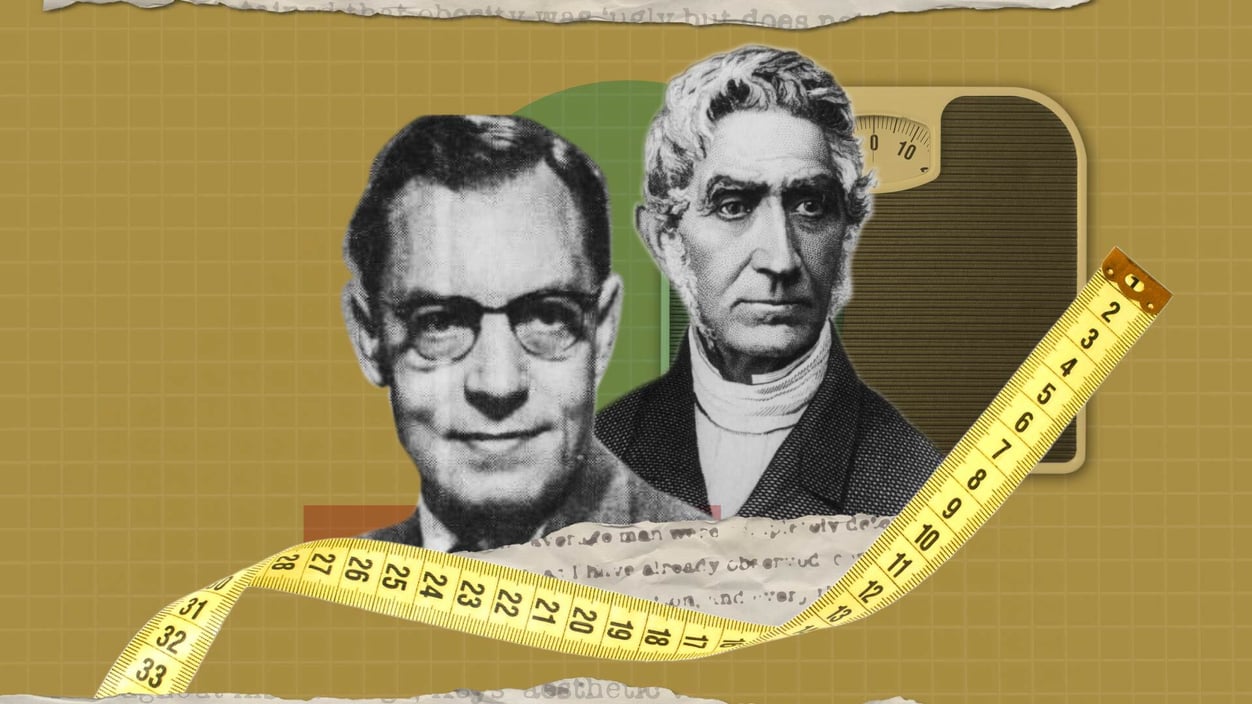closer look
The troubled history of the body mass index

Hyacinth Empinada/STAT
Most people might struggle to recall the math behind the BMI, but just about everybody knows it's a measure that tops out with the highest rates of obesity. It's been getting pushback for years, with some experts saying waist-hip circumference is a better indicator of the link between weight and health. Perhaps the best example would be athletes, whose muscular body composition pushes them into obese territory faster than others.
"I think we have been too fixated on BMI. For the most part, BMI seems to be very good at the population level, but at the individual level, it's not that good," Francisco Lopez-Jiminez of the Mayo Clinic told STAT's Hyacinth Empinado. Her video explores and explains the history of this ubiquitous metric — originally called the Quetelet Index and initially used most by insurance companies — and its development based on European populations, limiting its usefulness for other groups. Watch here.
policy
The FDA says it's all in for battling misinformation. What can it do?
Medical misinformation isn't new, but it has certainly metastasized in today's supercharged online world. "Anybody with an opinion now can reach, you know, a billion people in 10 minutes," FDA Commissioner Robert Califf told STAT contributor Ben Brody. "That's just a whole different world." Califf said the agency is working — within limits — to decide how best to deal with misinformation such as vaccine skepticism and its deadly impact on the Covid-19 pandemic.
Those limits are both legal and political, Califf and other experts said. Taking aim at platforms like Twitter, Instagram, and TikTok may be on legally shaky ground — and could provoke a political backlash. "Putting pressure on companies is not something that we can do unless there's a specific law that directs us to do it," said Califf, who led medical strategy at Google's parent company after his first stint running the agency ended in 2017. Read more on the issues and who they might be addressed.
health
Racial gaps widen among children injured by guns
Gun violence is still the leading cause of death among children. Let that sink in (again) before taking in new research that tells us racial disparities in the risk of firearm injury have widened so much that in December 2021 Black children were nearly 100 times more likely to be shot than white children. That gap's up from 27 times more likely before Covid hit. For the same time period, the risk of firearm injury tripled between Hispanic children and white children, and nearly tripled between Asian children and white children.
The research letter in JAMA Network Open, which looked at gun violence in New York City, Chicago, Los Angeles, and Philadelphia, echoes previous research, but there's one difference: There was no increase in gun injuries among white children during the first 21 months of the pandemic. The authors say social advantage and neighborhood context may shield white children from gun violence.
by the numbers
We are pausing our Covid charts for technical reasons today.


No comments